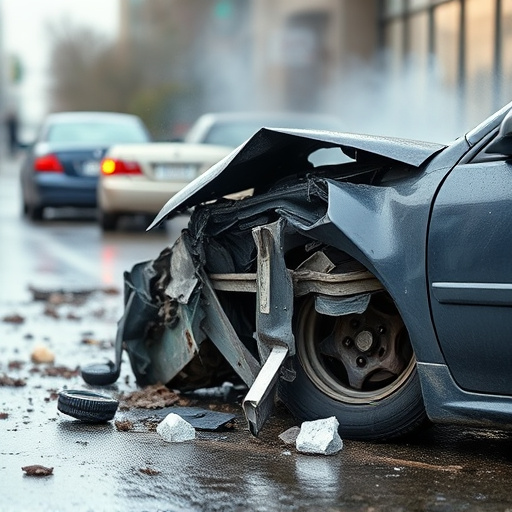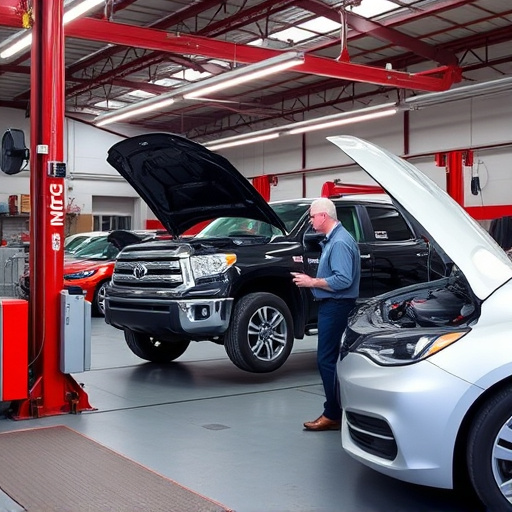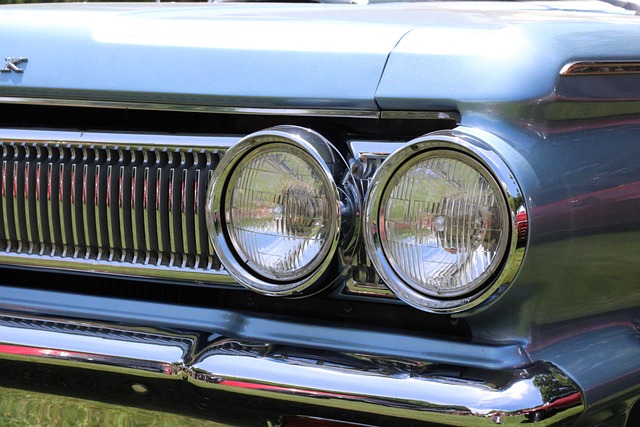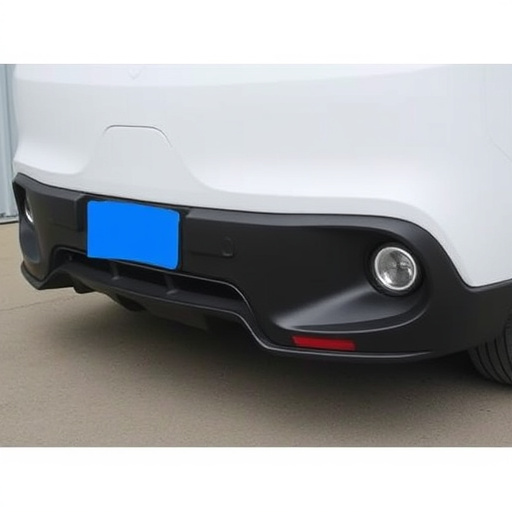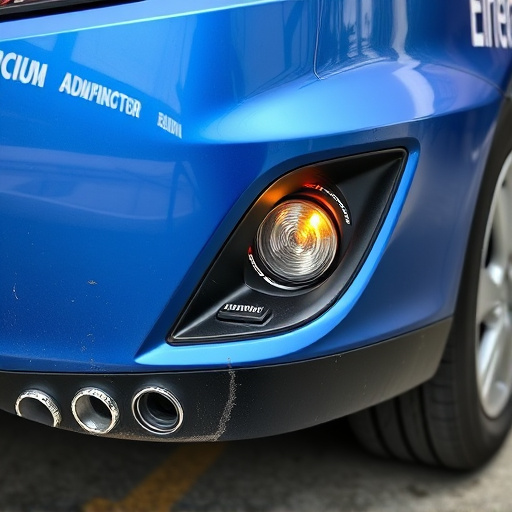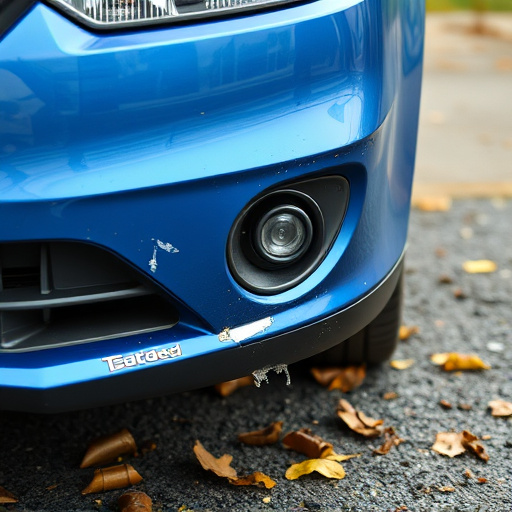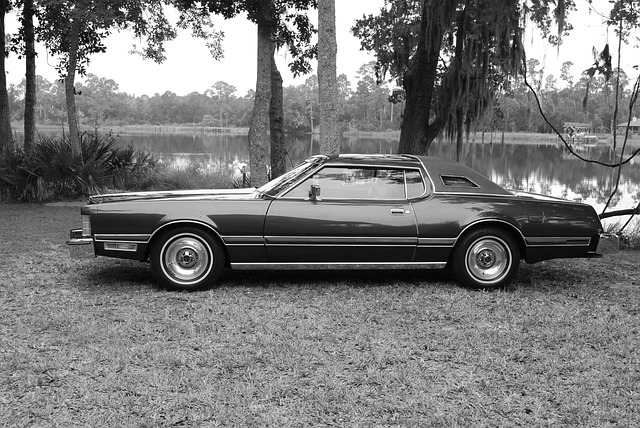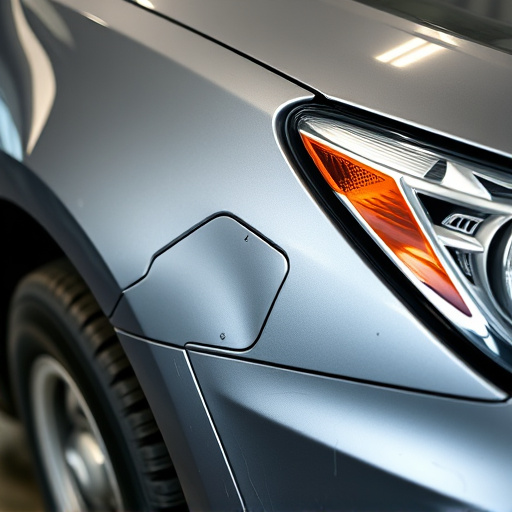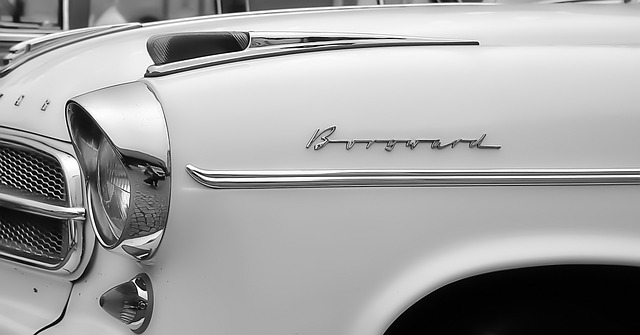Mercedes Distronic calibration is crucial for effective collision avoidance systems in modern Mercedes vehicles. Accurate sensor data prediction and reaction rely on precise calibration, reducing reaction times and enhancing safety. Regular calibration optimizes performance, considering sensor conditions, environmental factors, and vehicle body state, ensuring peak driver assistance and safety feature functionality.
Mercedes Distronic calibration is a critical aspect of modern collision avoidance systems. Ensuring its accuracy is paramount for safe driving, especially in today’s fast-paced and complex traffic environments. This article delves into the significance of proper Mercedes Distronic calibration, exploring factors influencing its effectiveness and outlining the meticulous process involved. By understanding these elements, drivers can grasp how to optimize their vehicle’s safety features, ultimately contributing to smoother and more secure journeys.
- Understanding Mercedes Distronic Calibration Importance
- Factors Affecting Collision Avoidance Accuracy
- The Process of Distronic Calibration for Safety
Understanding Mercedes Distronic Calibration Importance

The Mercedes Distronic calibration is a critical process that ensures the safety and efficiency of collision avoidance systems in Mercedes vehicles. This advanced technology relies on precise sensor data to predict and react to potential collisions, making accurate calibration an absolute necessity. A well-calibrated system can significantly reduce reaction times, enabling the vehicle to take evasive actions or apply brakes more effectively.
Proper Mercedes Distronic calibration involves a multifaceted approach, including adjusting various parameters within the car’s computer systems. It requires a deep understanding of vehicle dynamics and the intricate interplay between sensors, actuators, and control units. Regular calibration ensures that the system remains optimized, enhancing not just collision avoidance but also overall driving experience, especially in dynamic traffic conditions. This is where reputable collision repair services come into play, offering specialized auto repair to maintain your Mercedes’ safety features at peak performance.
Factors Affecting Collision Avoidance Accuracy
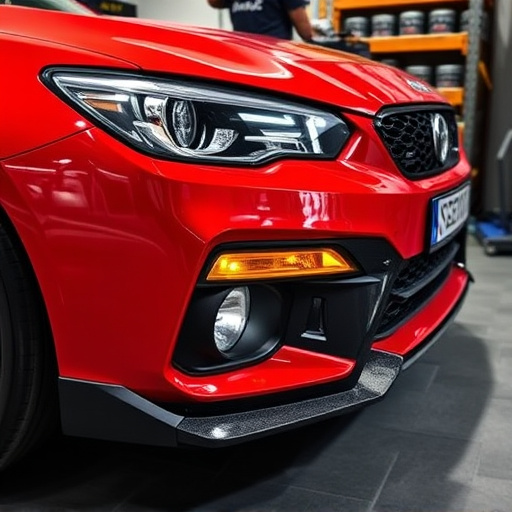
Several factors influence the accuracy of collision avoidance systems, especially in Mercedes vehicles equipped with Distronic calibration. One significant variable is the car’s sensor condition; any malfunction or debris on the sensors can lead to inaccurate readings and subsequently impact the system’s ability to predict potential collisions. Environmental conditions play a crucial role as well. Factors like weather, lighting, and road surface conditions can affect the performance of these advanced driver-assistance systems (ADAS). For instance, heavy rain or fog might reduce visibility, causing the sensors to struggle in detecting obstacles at a distance.
Additionally, the car’s body condition and repairs, such as those offered by automotive repair services, are essential considerations. A well-maintained and restored car body ensures optimal sensor placement and functionality. Bumper repair, for example, can be vital if the system relies on these components for obstacle detection. Regular maintenance and timely repairs are key to keeping Mercedes Distronic calibration precise and reliable, ensuring the safety of drivers and passengers alike.
The Process of Distronic Calibration for Safety
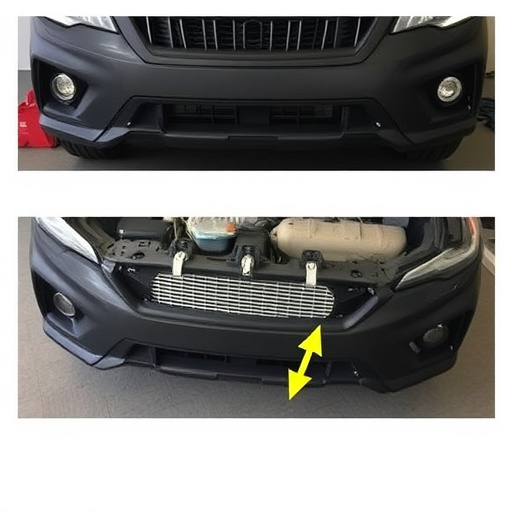
Mercedes Distronic calibration is a crucial process designed to enhance collision avoidance systems in modern vehicles, specifically those equipped with the brand’s advanced driver-assistance features. This calibration plays a pivotal role in ensuring the safety and accuracy of the vehicle’s automated driving capabilities. The procedure involves meticulous adjustments to the car’s sensor systems, including cameras, radars, and lidar, which work together to perceive the surroundings and make real-time decisions for collision mitigation.
During calibration, specialized tools are utilized to test and fine-tune these sensors’ performance, particularly their ability to detect and track objects at various speeds and distances. This process simulates diverse driving scenarios, from city streets to highways, to ensure the system’s robustness. By simulating potential hazards and measuring the Distronic system’s response, auto body services and shops can identify any discrepancies or inaccuracies, allowing for precise adjustments. This meticulous calibration guarantees that when an emergency arises, such as a sudden obstacle or another vehicle swerving into the path, the Mercedes’ collision avoidance systems react swiftly and accurately, potentially preventing accidents or mitigating their severity, thereby showcasing the importance of maintaining optimal Distronic calibration for safety-critical operations.
Mercedes Distronic calibration is a critical process that ensures collision avoidance systems function accurately, enhancing vehicle safety. By addressing factors like sensor cleanliness and road conditions, this calibration plays a pivotal role in maintaining the integrity of advanced driver-assistance systems (ADAS). Regular maintenance and timely calibration are essential to guarantee optimal performance and peace of mind for Mercedes owners, ensuring their vehicles navigate roads with precision and confidence.
